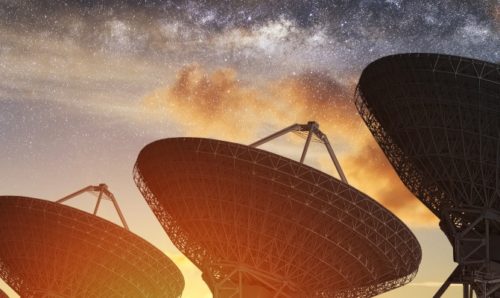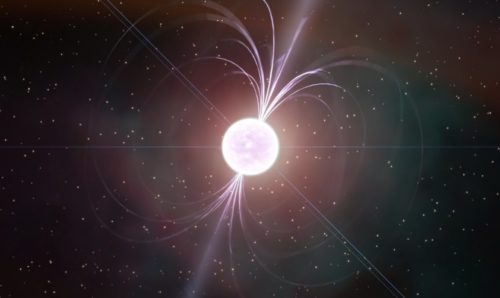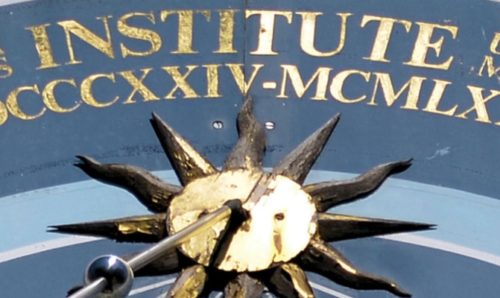The day Einstein came to The University of Manchester
Departments Heritage 20th May 2020
When a devastating, global incident kills many and ruins economies, it’s often the scientific community that reconnects, works together and leads the way – protecting lives and getting things back on track.
As the world now turns to science, both to battle COVID-19 and assist recovery from it, so was it crucial almost a century ago following the devastation of World War I. While Europe today sits fragmented as Britain exits the European Union, so was it divided over 100 years ago, shattered by war.
One man in the early 20th century who understood the role science could play, not only in improving lives but building bridges, was perhaps the most famous scientist of his day, if not all time: Albert Einstein.
In 1921 – just three years after the end of the war – Einstein, a German, came to the UK to deliver a lecture on his Theory of Relativity. It was an act of reconciliation between the two nations.
Which university did he choose for his first lecture on these shores? Manchester, of course.
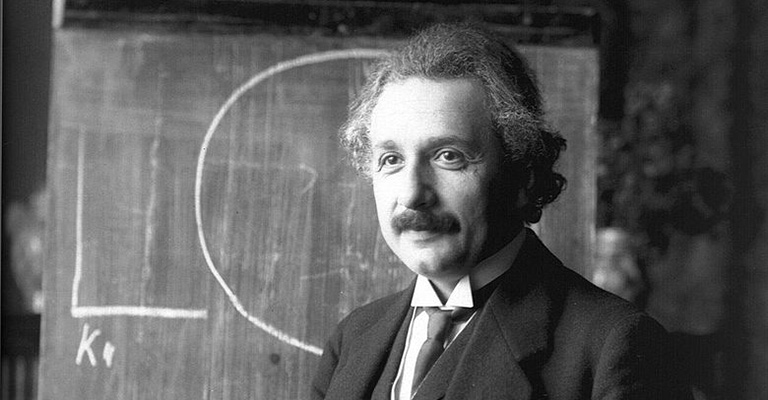
Einstein arrived in Manchester 99 years ago, on 9 June 1921, and it was no surprise that he chose such a forward-looking city, driver of progress and a true home of science.
The acclaimed physicist came to speak about a theory that, along with quantum mechanics, would soon be considered one of the two pillars of modern physics. Famously, the theory was only finalised after Einstein had locked himself away in his study to work, undisturbed, for two weeks. Upon emerging he said, simply, “that’s it”!
Already famous around the world, Einstein gave his lecture to a packed audience (even though he spoke only in German), with scholars travelling from all over the country. It was an opportunity to both heal rifts and explain his Theory of Relativity – a theory that was causing shockwaves throughout the world of science.
It encompassed two interrelated theories: special relativity, published in 1905; and general relativity, completed over a decade later. Without going into the (admittedly quite complicated) specifics, the findings were so hugely important because a) special relativity revealed that time and space are intertwined in ways never before realised, and b) general relativity demonstrated that the observed gravitational effect between masses comes from their warping, or curving, of spacetime.
The best person to describe the theory is, of course, Einstein himself, whom the University made an Honorary Doctor of Science during his visit. A good second best, however, is the actor Michael Roberts, who donned a white wig to play Einstein in a re-enactment of the 1921 lecture organised by the University in 2005.
Needless to say, the theory changed our understanding of physics and the universe itself – and Einstein’s lecture brought an eruption of cheers.
Signing off
Einstein didn’t just leave attendees with a new understanding of physics; he left the University a physical souvenir in the form of his chalk signature, which he signed on a blackboard.
The piece of board was cut out, framed and displayed in the old Physics Laboratory. While the building was being redecorated in the 1960s, however, the prized signature was taken down to the cellars – and never put back in place.
When the Department of Physics moved to its new home in 1967, the signature was almost lost forever… and might have been were it not for the quick thinking of one former University employee.
Douglas Broadbent, a lecturer, rescued the board a few days before the cellars were due to be cleared. He took the piece home to Wythenshawe for safe keeping, displaying it on his wall. It hung there as a memento until the 1990s, when Mr Broadbent – who viewed himself as custodian of the board, rather than owner – returned it to the University.
The signature now hangs proudly, for all to see, in the Schuster Building.
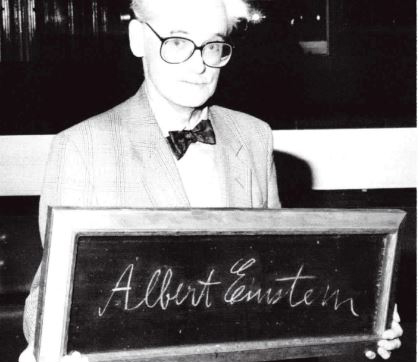
Though Einstein’s visit to Manchester happened almost 100 years ago, similarities between then and now are clear. Division, fear and uncertainty, so prevalent back then, linger today.
As the COVID-19 pandemic continues, scientists are working together to not only fight the virus, but to give hope for a brighter future.
Just as Albert Einstein, and his peers, did all those years ago.
Scientific cooperation: that’s it.
If you enjoyed this post, be sure to subscribe on our homepage to keep up to date with the latest posts from The Hub.
Words: Joe Shervin
Images: Orren Jack Turner, Ferdinand Schmutzer, The University of Manchester


